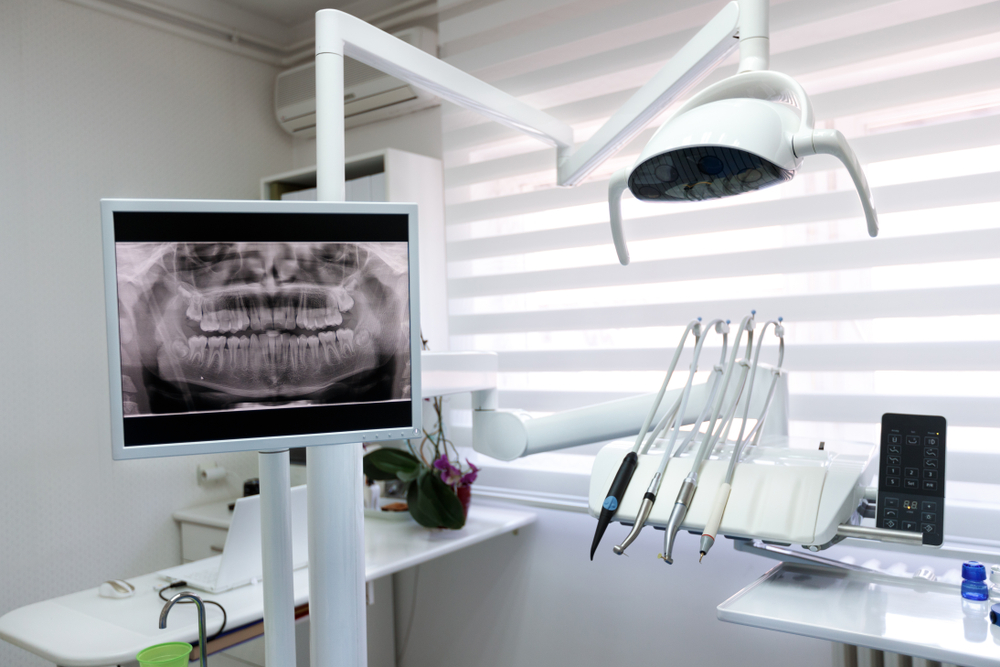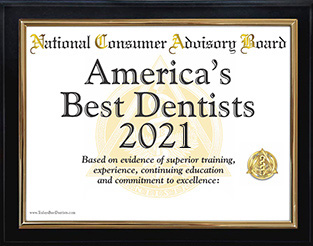
Are Dental X-Rays Safe?
Dental health is a cornerstone of overall wellness, and regular dental visits are essential to maintaining that health. One aspect of dental care that often raises concern among patients is the use of X-rays. Questions surrounding the safety of dental X-rays, especially in light of repeated exposure over time, are common. This article explores the safety of dental X-rays, dispels myths, and explains why they are a crucial part of effective dental care. If you’re searching for trustworthy insights on X-rays and dental exams in Hawthorn, NJ, this guide provides everything you need to know.
The Role of Dental X-Rays
Dental X-rays are diagnostic tools that allow dentists to see structures inside the mouth that are not visible during a standard examination. These include bones, roots, and hidden decay. They are especially useful in identifying issues such as cavities between teeth, abscesses, bone loss due to gum disease, and developmental abnormalities in children and teens. With such comprehensive diagnostic capability, it becomes clear why X-rays are considered indispensable in modern dentistry.
In clinics offering X-rays and dental exams in Hawthorn, NJ, these images help dentists diagnose problems early—often before they cause pain or become serious health issues. This early detection can lead to more effective, less invasive, and more affordable treatment options for patients. Without X-rays, dentists would be limited in their ability to provide proactive care, possibly missing signs of disease until it is too late to manage easily.
Radiation Exposure: How Much Is Too Much?
The main concern most patients have with dental X-rays is radiation exposure. Radiation is all around us—in the air, in the food we eat, and even in the sunlight we enjoy. Dental X-rays contribute to this cumulative exposure, but the amount is minimal. For perspective, a single bitewing X-ray exposes you to about 0.005 millisieverts (mSv) of radiation. Compare this to the 3.0 mSv of background radiation the average person encounters each year, and it becomes evident that the dose from dental X-rays is very small.
Dental professionals in Hawthorn, NJ, and across the country follow strict guidelines to minimize radiation exposure. The American Dental Association (ADA) and other regulatory bodies ensure that modern dental X-ray machines are designed to emit the lowest possible radiation dose. Moreover, safety protocols such as the use of lead aprons and thyroid collars further reduce a patient’s exposure. Pregnant patients are typically advised to avoid non-urgent X-rays, but with proper shielding, even that risk is exceedingly low.
The shift from traditional film X-rays to digital imaging has also significantly reduced radiation levels. Digital X-rays use up to 90% less radiation than film-based methods. In clinics offering X-rays and dental exams in Hawthorn, NJ, digital technology is becoming increasingly standard, giving patients peace of mind while enhancing diagnostic accuracy.
Who Needs Dental X-Rays and How Often?
The frequency and necessity of dental X-rays depend on several factors including age, oral health status, and risk for dental disease. For a new patient, a full set of X-rays might be needed to establish a baseline. After that, routine X-rays are typically recommended once a year for most individuals. However, those with specific risk factors—like a history of cavities, periodontal disease, or undergoing orthodontic treatment—might need them more frequently.
Pediatric patients often require more frequent X-rays than adults because their mouths grow and change rapidly. Early identification of potential issues such as impacted teeth or misalignment can prevent larger problems later. Elderly patients might need more imaging as well, especially if they suffer from bone loss or systemic health conditions that affect dental health.
Clinics offering X-rays and dental exams in Hawthorn, NJ, usually customize imaging schedules based on each patient’s history and current health. This personalized approach ensures that patients receive the benefits of diagnostic imaging without unnecessary exposure. Patients are encouraged to discuss their concerns with their dentist, who can explain why each image is needed and how it contributes to a broader treatment plan.
Advancements in Dental Imaging Technology
Technology continues to improve both the safety and effectiveness of dental X-rays. One notable advancement is the widespread use of digital radiography, which not only reduces radiation but also offers instant results. This allows dentists to quickly analyze images and make immediate decisions about treatment. Digital images can be easily stored, shared, and compared over time, making it easier to track changes in a patient’s dental health.
Another innovation is the cone beam computed tomography (CBCT) scan, which provides three-dimensional imaging of teeth, bones, and soft tissues. Although this technology is used more selectively due to the higher radiation dose, it can be indispensable in complex cases such as dental implant planning or evaluating impacted teeth. Dentists offering advanced X-rays and dental exams in Hawthorn, NJ, are increasingly adopting CBCT scans to deliver comprehensive care.
Moreover, artificial intelligence is beginning to play a role in analyzing dental X-rays. AI-powered software can identify patterns and anomalies with high accuracy, assisting dentists in making diagnoses. This technological partnership enhances the reliability of dental assessments and ensures that no detail goes unnoticed.
Balancing Safety with Preventive Care
When considering the question “Are dental X-rays safe?” the answer is a resounding yes—especially when weighed against the potential benefits. The minimal radiation exposure from modern dental X-rays is far outweighed by their diagnostic value. Early detection of cavities, infections, bone loss, and other conditions can prevent pain, tooth loss, and expensive treatments.
Choosing a provider who prioritizes safety is also essential. Dental clinics that offer X-rays and dental exams in Hawthorn, NJ, typically adhere to best practices recommended by health authorities. This includes using up-to-date equipment, employing trained technicians, and following the ALARA (As Low As Reasonably Achievable) principle for radiation exposure.
Patients have a role to play as well. Keeping a consistent dental schedule, discussing any concerns openly, and sharing your full medical history helps your dentist make informed decisions about imaging. If you’ve had recent dental X-rays elsewhere, providing those records can help reduce redundant exposure.
Conclusion
Dental X-rays are a safe and essential part of modern dental care. They allow dentists to diagnose and treat problems early, often before symptoms arise. Thanks to technological advances and stringent safety protocols, the benefits far exceed the risks. For residents in and around Hawthorn, NJ, regular visits to a trusted dental provider ensure that X-rays are used judiciously and effectively, supporting a lifetime of healthy smiles.
Need a Dentist Office Near You?
At The Smile Spa of North Jersey, LLC, we’re here to provide the personalized, high-quality dental care you deserve in a space where your comfort always comes first. Whether you’re due for a routine checkup or need more specialized treatment, our friendly and experienced team is ready to support your wellness journey every step of the way. Reach out to us today—we’d love to welcome you in, answer your questions, and help you rediscover your best smile.
Categorised in: Dental Health

